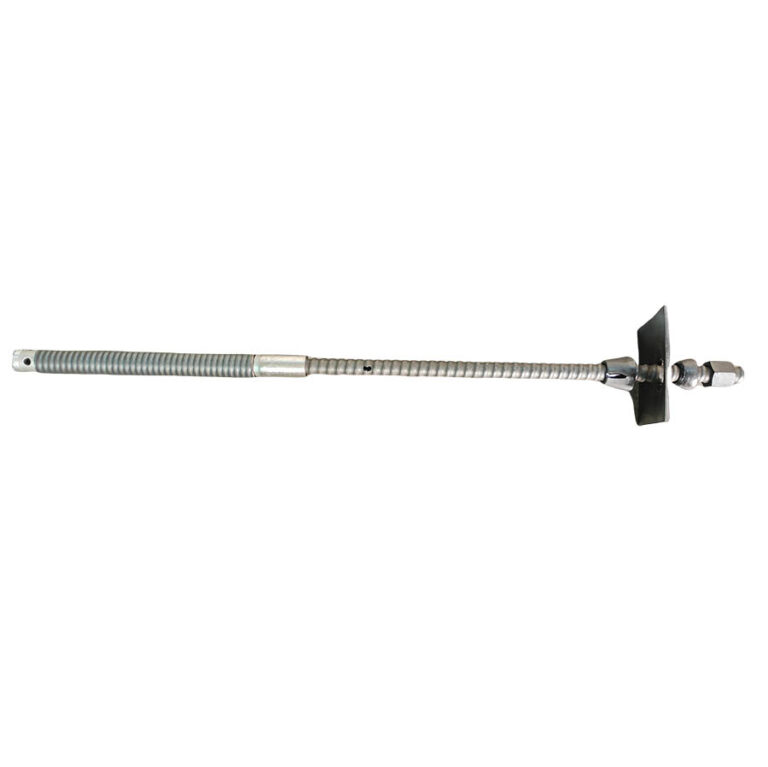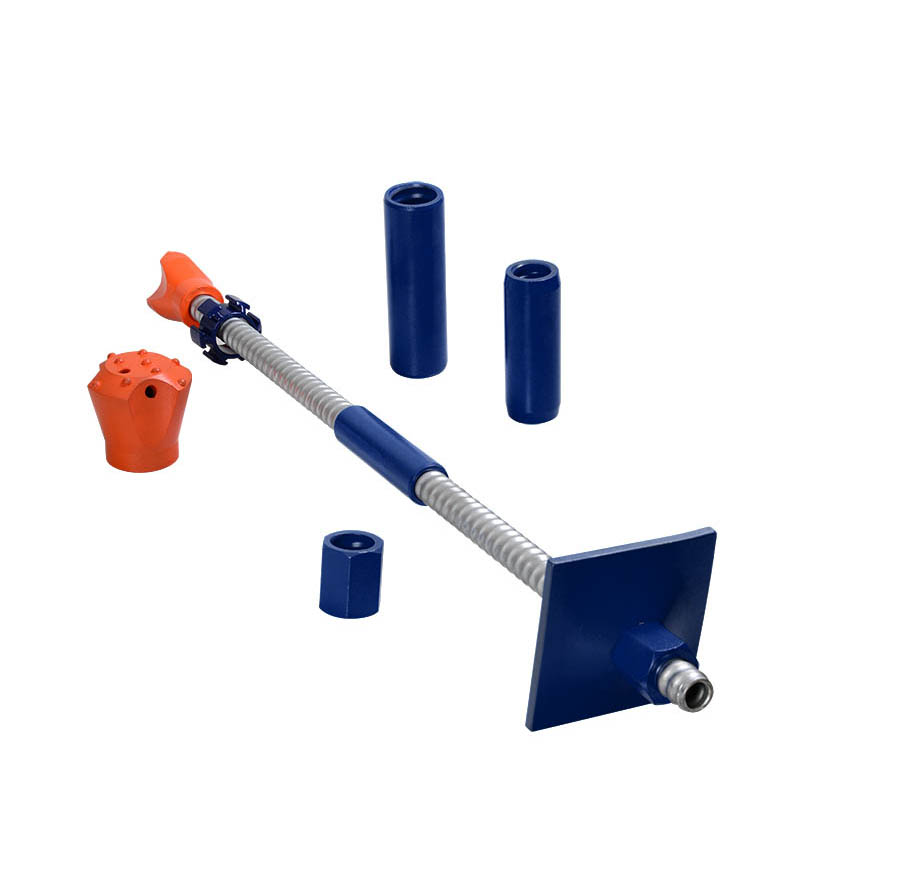menu
Products
Contact
- Tel/WhatsApp: 86 182 1550 0247(Abby)
- Tel/WhatsApp: 86 151 9803 9705 (Lillian)
- Tel: 86 28 87678353
- Email: neolau@ontonbolt.com
- Email: lillian.liao@ontonbolt.com
- Address: Changlin Street No. 169, Tangchang Town, Pidu District, Chengdu, 611732 Sichuan, China





